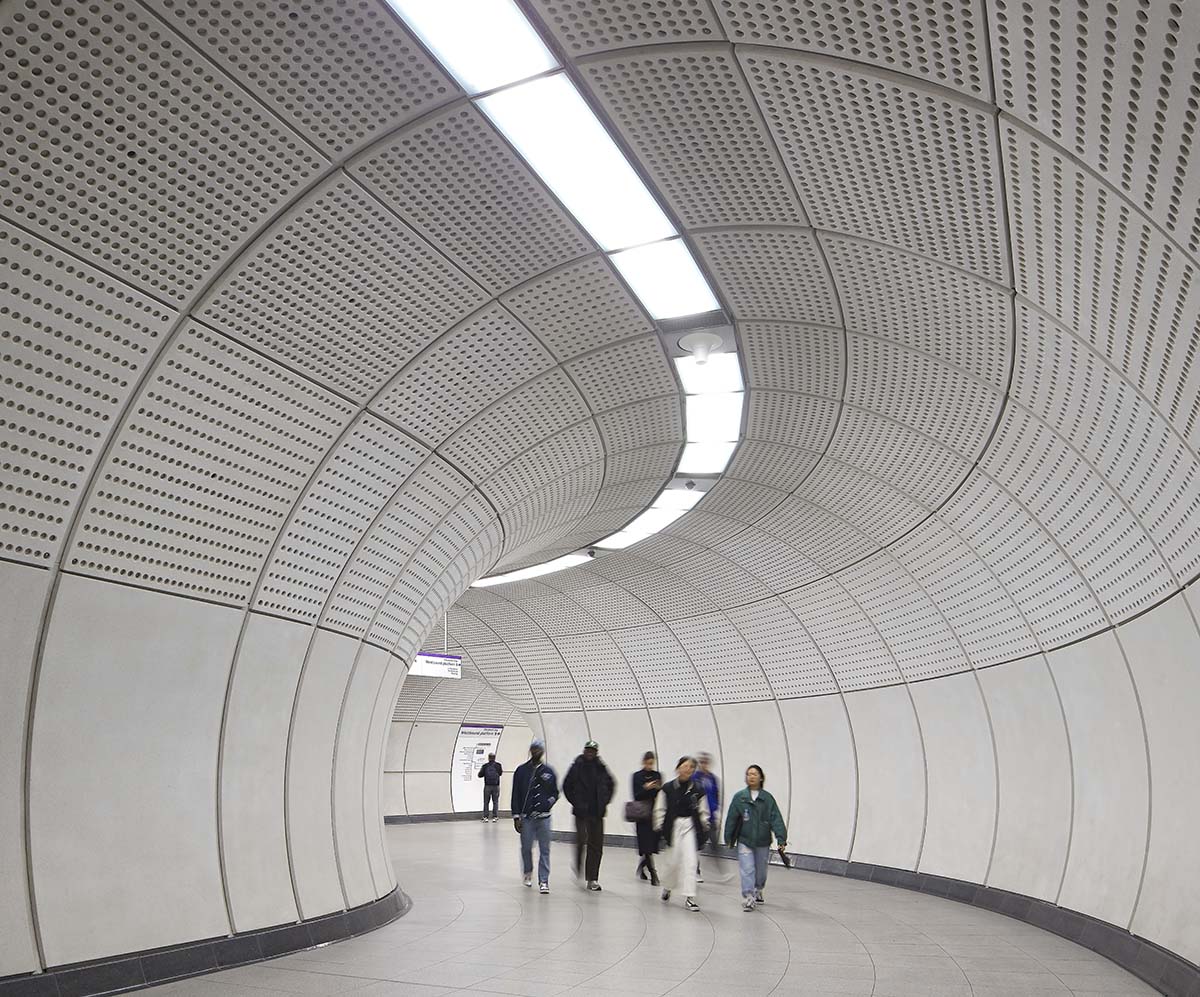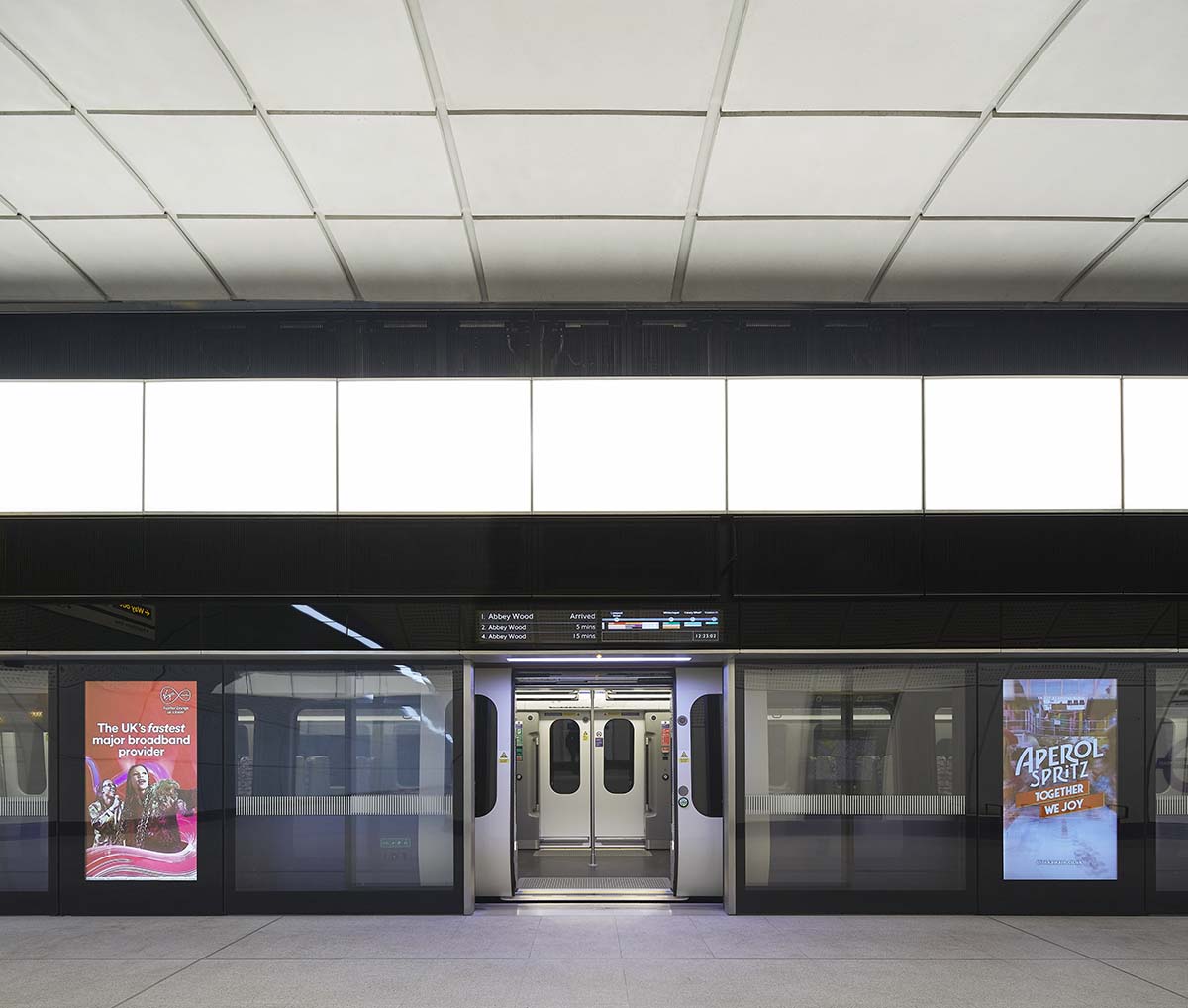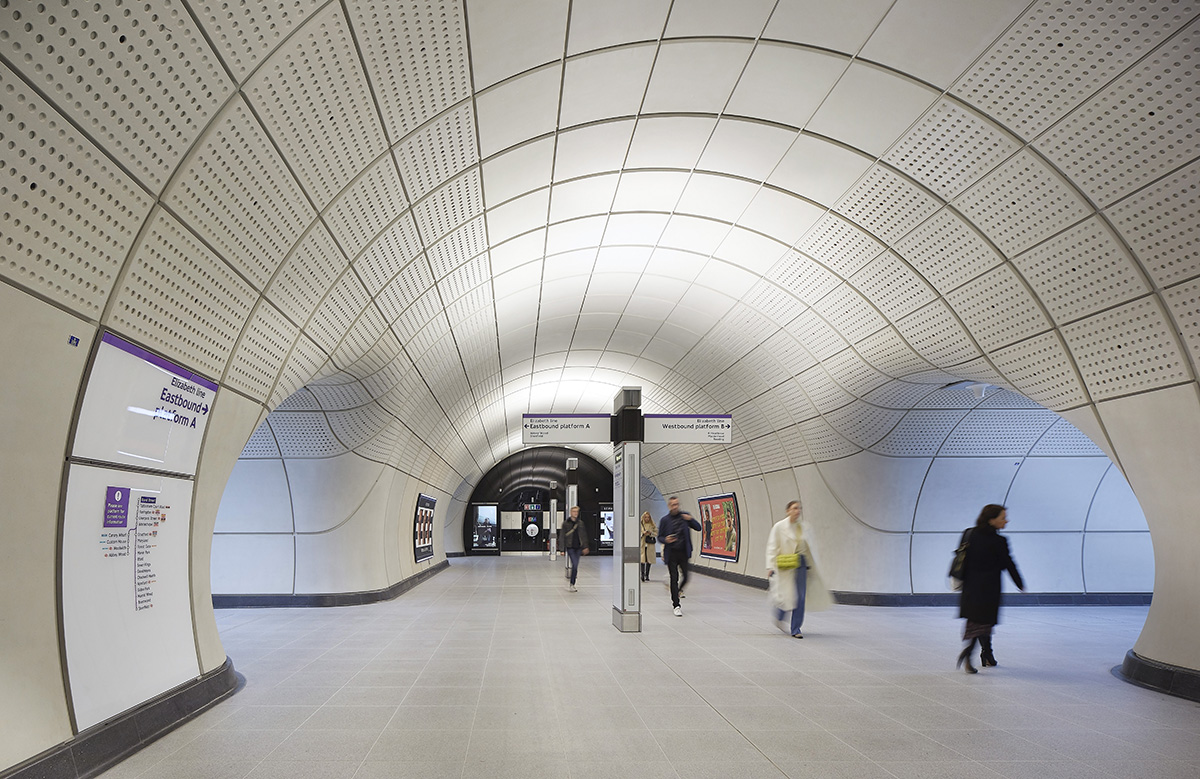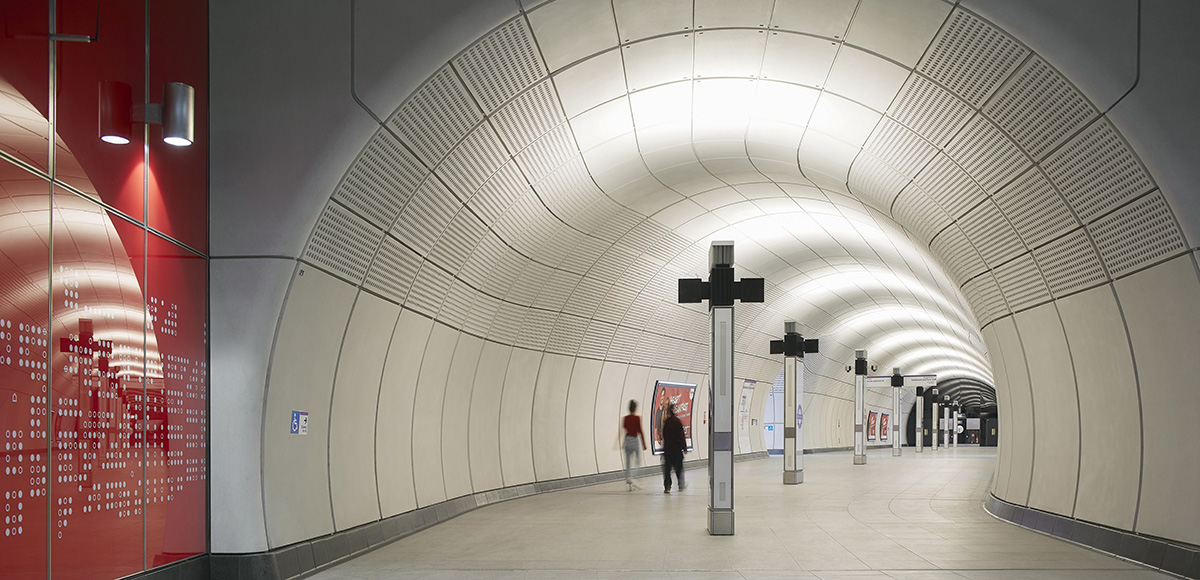Submitted by WA Contents
London’s Elizabeth Line wins 2024 RIBA Stirling Prize for Architecture
United Kingdom Architecture News - Oct 18, 2024 - 12:08 2990 views

The Elizabeth Line - London’s new transport network - by Grimshaw, Maynard, Equation and AtkinsRéalis has been named as the winner of the the 2024 RIBA Stirling Prize by the Royal Institute of British Architects (RIBA), the prestigious annual award crowns the UK’s best new building since 1996.
The Elizabeth Line, named for Queen Elizabeth II, connects Reading, Heathrow, Essex, and South East London. With 62 miles of track and 26 miles of tunnels that can accommodate 700,000 passengers on a weekday, it is an incredibly intricate architectural achievement concealed by its elegant simplicity.

"It rewrites the rules of accessible public transport"
RIBA President and Jury Chair Muyiwa Oki stated that "the Elizabeth Line is a triumph in architect-led collaboration, offering a flawless, efficient, beautifully choreographed solution to inner-city transport."
"It’s an uncluttered canvas that incorporates a slick suite of architectural components to create a consistent, line-wide identity – through which thousands of daily passengers navigate with ease."
"Descending into the colossal network of tunnels feels like entering a portal to the future, where the typical commuter chaos is transformed into an effortless experience," Oki added.
"This is architecture of the digital age – a vast scheme that utilises cutting-edge technology to create distinctive spatial characteristics and experiences."
"It rewrites the rules of accessible public transport, and sets a bold new standard for civic infrastructure, opening up the network and by extension, London, to everyone," Oki concluded.

Building the Elizabeth Line was a great achievement. Deep under London, the network threads its way through centuries of unexplored history, dodging sewage systems and both old and new subterranean footings.
The excavation project turned into the biggest archaeological dig in Britain's history, revealing a plethora of historical artifacts ranging from woolly mammoth remains dating back 55 million years to a Tudor bowling ball.
In order to make room for the network's tunnels, six million tonnes of earth were removed; this earth was later used to establish a nature reserve in Essex.
The Elizabeth Line offers a peaceful, quiet atmosphere that is in stark contrast to much of the previous network. An easy-to-use, intuitive experience is produced by its scheme-defining subdued color scheme of perforated cladding, sensitive lighting, and cogent wayfinding systems.
Passengers are gently guided to flow around corners, down vast vaulted tunnels, and onto expansive, open platforms by curving, fluid lines that intersect and split.
With direct, cool lighting in smaller cross-passages and a warm, softly-diffused band of indirect lighting spanning the platforms above the train doors, the lighting subtly alternates between warmer and cooler tones to highlight various levels and junctures.

While major features like seating and freestanding "totem" concourse signage made from screen-printed toughened glass are repeated from station to station, the vast tunnels and uncluttered double-length platforms—designed to accommodate full-size trains—feel generously spacious.
Passengers can confidently navigate the network thanks to the family of finishes, which gives the entire system coherence.
"The network is an exemplar of inclusive design"
"The network is an exemplar of inclusive design, not only through the application of step-free access throughout, but through sensitive considerations to each sensory experience," RIBA stated.
"Interventions such as hiding acoustic mats behind cladding to absorb excess noise, removing unnecessary fixtures and fittings and employing a restrained colour palette help to create a sense of calm for those who find underground travel overwhelming," it continued.
Environmental factors, which include escalator motion sensors that minimize energy waste and passive cooling at the platform level to lessen the need for mechanical heating, help to future-proof the network. Additionally, room has been made for additional temperature control and air conditioning, allowing the network to adapt to the challenges posed by climate change.
Platform architecture, passenger tunnels, escalators, station concourses, furniture, fittings, finishes, and auxiliary technology are all included in the winning design. Every one of the ten new stations has an unique design.

Neill McClements, Partner, Grimshaw, on behalf of the line wide design team including Grimshaw, Atkins Realis, Equation and Maynard, said: "The Elizabeth Line is a piece of infrastructure that has been transformative, not only for London’s transport network but also for many people’s lives, highlighting the role design plays in elevating our every day."
"It is also a recognition of the challenges that our profession faces today – the responsibility we have to rapidly respond to the climate emergency, decarbonise our cities and prioritise social and economic equity."
"We know this is only achievable through collaboration and the Stirling Prize recognises all of the design and construction teams that have come together to make the project the success that it is," McClements added.

The RIBA President Muyiwa Oki chaired the 2024 RIBA Stirling Prize Jury, which included the following members: Alex Ely, the founder and director of Mæ and winner of the 2023 RIBA Stirling Prize; Mary Duggan, the director of Mary Duggan Architects; Yana Peel, the global head of arts and culture at Chanel (Lay Assessor); Minna Sunikka-Blank, the sustainability consultant and professor of architecture and environmental policy at Cambridge University; David Light, the sponsor of the 2024 RIBA Stirling Prize, EMEA ECS Consulting Director at Autodesk.
The winner was announced at a ceremony on 16 October at London’s Roundhouse.

The Elizabeth Line was shortlisted for this year's award, alongside other nominees; Chowdhury Walk in London by Al-Jawad Pike, King’s Cross Masterplan in London by Allies and Morrison and Porphyrios Associates, National Portrait Gallery in London by Jamie Fobert Architects and Purcell, Park Hill Phase 2 in Sheffield by Mikhail Riches, Wraxall Yard in Dorset by Clementine Blakemore Architects.
In 2023, the John Morden Centre - a retirement day centre in London - by Mæ Architects was named as the winner of the RIBA Stirling Prize.
All images © Hufton + Crow.
> via RIBA
